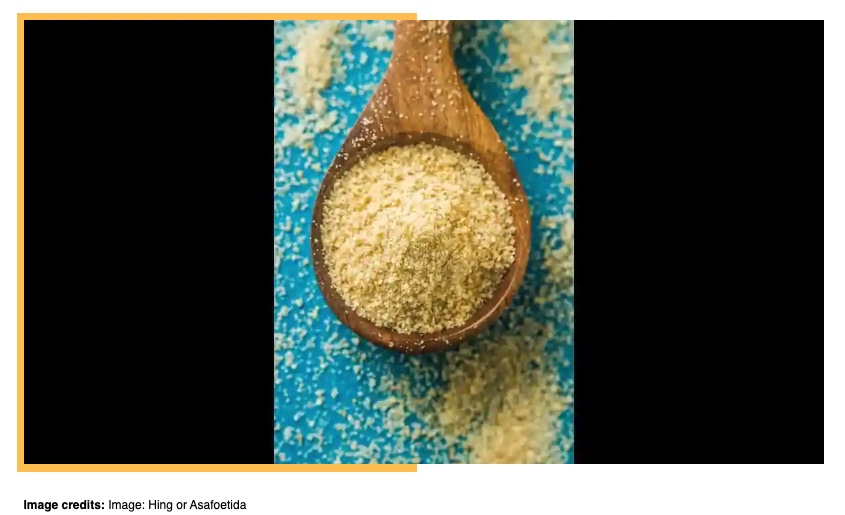INDIA, July 29, 2022 (Slurrp): Hing, also known as Asafoetida is a spice that is an integral part of Indian cooking. Commonly used in powdered form, Hing could be easily found in Indian kitchens and even nearby stores. A pinch of this spice can add flavors to your plain Aalo ki Sabji or fancy Chicken curry. Everybody is a fan of Hing Kachori of course. It is also well known for its medicinal benefits especially related to digestion. But most of us would be shocked to know that Hing does not have an Indian origin. Yes, the roots of this much-Indianized spice goes back to Afghanistan. Hing is actually a dried form of Ferula Assa-foetida, a type of plant, that is native to Afghanistan and southern Iran. Now, its cultivation has also started in Afghanistan’s neighbors like Tajikistan and Uzbekistan.
This spice without which Indian cooking seems incomplete is not grown in India because of unfavorable weather conditions. This most beloved spice has always been imported to India and never grown for years. But for the first time, 800 saplings of Hing plant were planted in the year 2020 in Lahaul valley and Spiti, situated in the Himalayan Mountains. This is indeed a piece of surprising news for many Indians who would argue about Hing being Indian. Especially many Jains and Hindus who don’t eat onion and garlic but use Hing in their food for a pungent flavor. Hing is now barely found in cuisines outside of India. Interestingly, it’s either used for medicinal reasons or as an insecticide in other parts of the country but here in India, it is an extremely essential element as we all know.
https://www.slurrp.com/article/hing-an-indianized-spice-that-never-grew-in-india-1659089973433
Hinduism Today’s article on hing: https://www.hinduismtoday.com/magazine/jan-feb-mar-2022/the-awesomeness-of-asafoetida/
A daily summary of world news for Hindus and non-Hindus alike

